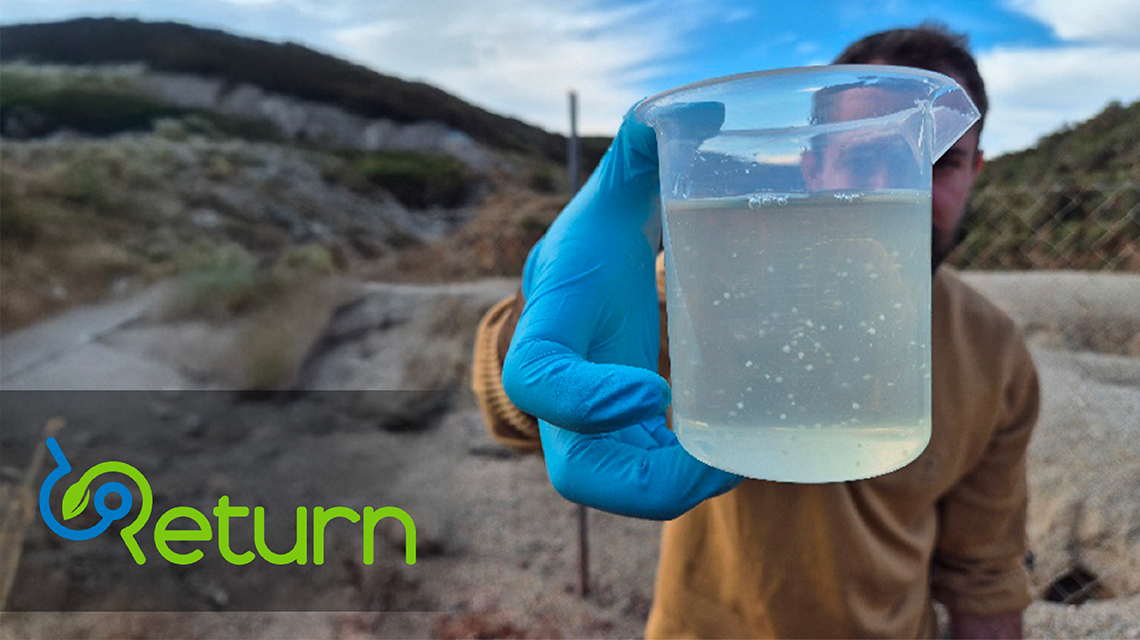Italian National Agency for New Technologies, Energy and Sustainable Economic Development

Environment: Beneficial bacteria and plants to clean up contaminated soils
Reclaiming and repairing heavy metal-polluted soils using beneficial bacteria and native plants is one of the outcomes of the PNRR-funded national project RETURN [1],
that involves, in addition to ENEA, 26 partners including universities, research organizations, public and private institutions. The project aims to strengthen research on environmental, natural and anthropogenic hazards, while promoting environmental restoration and sustainability.
Among the activities, in the context of the “Environmental Degradation” thematic area, ENEA is experimenting with a natural reclamation process that utilizes the interaction between wild plants and bacteria native to the former mining site of Ingurtosu, in southwestern Sardinia, within the UNESCO-sponsored Historical and Environmental Geomining Park.
Mining site reclamation is a crucial step in mitigating the negative environmental, social, economic, and health impacts of mining operations through positive actions, which involve transitioning from high-impact technologies to more sustainable alternatives, embracing circular economy principles.
“Mining operations caused significant environmental degradation in the Ingurtosu area, which has been exposed to heavy metal contamination, particularly with lead and zinc, for decades,” pointed out Chiara Alisi at the Technologies for the Preservation of Architectural and Cultural Heritage Laboratory. “since 2011, in collaboration with the Department of Chemical and Geological Sciences of the University of Cagliari, studies have been underway to investigate the relationship between heavy metal concentrations in soil and the presence of wild plants and microbial activity, also testing phytoremediation techniques with microorganisms, and now we are recovering the polluted area by supporting the growth of Helichrysum plants, typical of the area.”
The core of the project is bioaugmentation[2], which involves introducing 11 native bacterial strains into the soil, invisible protagonists, isolated directly from mining waste. These are microorganisms capable of surviving in environments with high heavy metal concentrations, can produce substances promoting plant growth and improving microbial biodiversity and soil quality, contributing to soil stabilization.
"Bacteria cannot degrade heavy metals, but they can help immobilize them in the soil and promote soil regeneration. Plants, in fact, struggle to grow in contaminated soil. Beneficial bacteria can help by producing nutrients promoting root growth in plants” Alisi said. “Our results encourage us to develop a sustainable and replicable model, with benefits in terms of reduced metal concentration and hazard, increased wild vegetation and improved soil health”, Alisi concluded.
